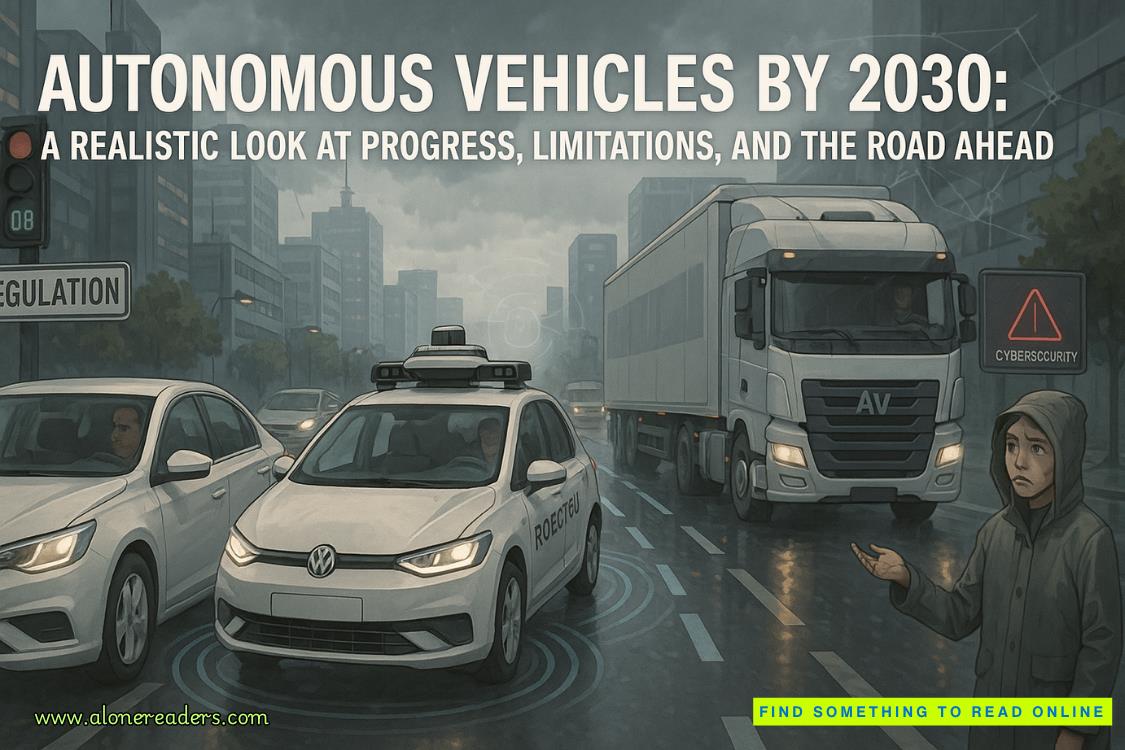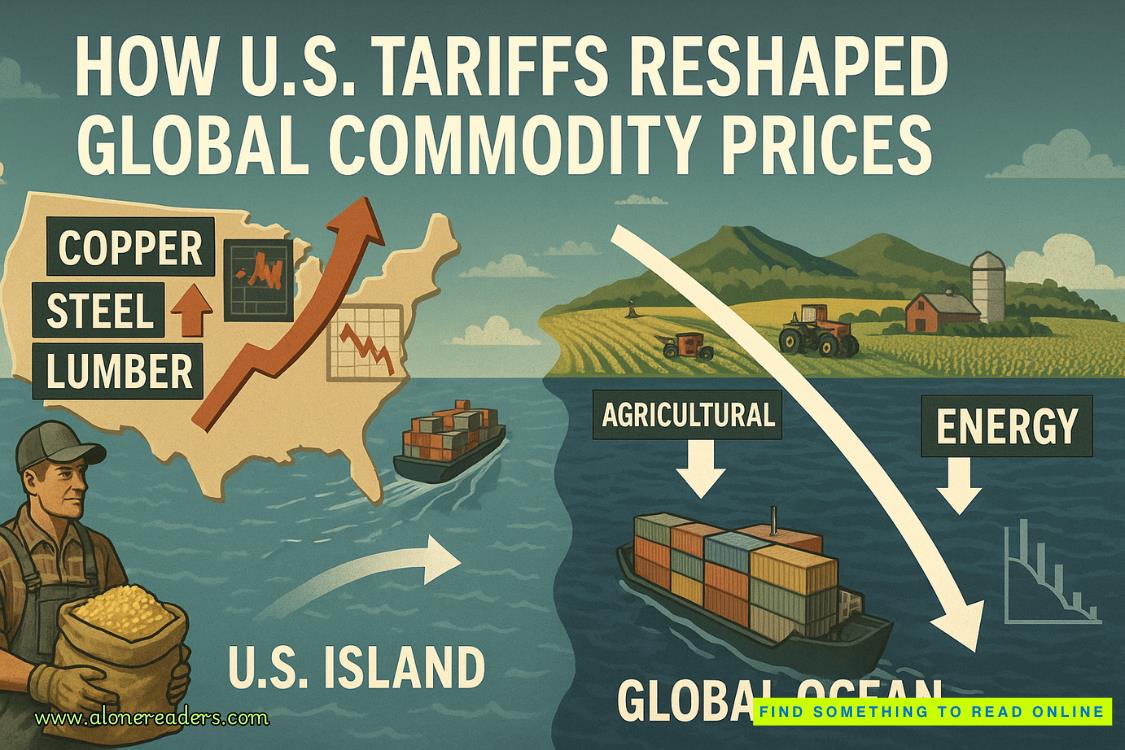Page 12 of Protected By My Best Friend's Brother
Sometimes, I forget how well she knows me. Knows all of us. How she can cut through pretense and posturing to the heart of a problem, then reconstruct it into something manageable.
“Six hours,” I say quietly. “Think we can prove that innovation beats tradition? That sustainability isn’t just a trend?”
“Please.” I can hear her smile through the phone. “I once helped you convince your mother that the living room furniture rearranged itself during an earthquake in Ohio. This is nothing. Besides, I just found three more efficiency metrics we can integrate into the Project Phoenix timeline.”
Despite everything, I laugh. The memory of sixteen-year-old Emma, straight-faced as she described to my mother how theearthquake had been “highly localized” and “most likely the result of underground tectonic anomalies specific to the Ohio River Valley.” Mom hadn’t believed us for a second, but she’d been so impressed with the elaborate explanation that we’d gotten off with just extra chores.
“That was a terrible excuse.”
“It worked, didn’t it? Now, are you going to help me modify this presentation to show exactly why Brighton’s one-size-fits-all approach can’t match our customized sustainability solutions, or do I need to start researching sudden-onset synchronized swimming as a business strategy?”
“You heard about that?”
“Lucas, everyone heard about that. There’s still a video somewhere of you teaching Morton the backstroke while explaining quarterly projections.”
The annual partners’ retreat at Matthews & Sterling had been unbearably stuffy until someone (me) suggested that the strategy discussion might be more productive by the pool. By midnight, I had the entire financial team demonstrating how our investment approach was like synchronized swimming—perfectly coordinated while appearing effortless to observers. The demonstration had become something of a company legend, earning me respect for innovative thinking and a reputation for unconventional methods.
I should be professional. I should maintain boundaries and not spend the next six hours in close quarters with the one person who makes me forget about boards, expectations, and legacies. The one person who makes me believe we might pull this off, not just for the company but for what we could build together.
I should send her an email with bullet points and schedule a brief meeting an hour before the presentation.
“I’ll bring coffee,” I say instead. “Decaf.”
“Probably wise.” Something else crashes in the background. “Oh, and Lucas?”
“Yeah?”
“I really do still have your…” She hesitates, and then her voice softens. “Never mind.”
I wait, the moment stretching between us, something unspoken hanging in the air. Even through the phone, I can feel the weight of it.
This is exactly what Project Phoenix represents—revolutionary ideas in a package traditional enough for the board to accept. That’s what we’ve always done best—rebellion wrapped in convention.
The line clicks dead before I can say goodbye, leaving me grinning at my phone like an idiot. My father’s photo seems to be judging me even harder now, his stern expression is a reminder of all the ways I’m handling this differently than he would have.
But maybe that’s the point. Dad built Walker Enterprises by following his instincts about people as much as markets. He saw something in Emma worth nurturing. Maybe this is exactly what he would have done, just with more gravitas and fewer coffee incidents.
Six hours to save the company’s biggest account, prove ourselves to the board, maintain professional boundaries with the woman who still sets my pulse racing, and maybe save the future of sustainable energy in the process.
No pressure.
Chapter Six
Emma
Five hours and forty-three minutes until the Johnson presentation, and I can’t stop staring at Lucas’s forearms.
He’s rolled up his sleeves while we work, revealing tanned skin and defined muscles as he reaches across my desk to point out something in the sustainability metrics. The professional part of my brain says I should focus on his words. The rest of my brain wonders if he still works out at that gym near the lake where I used to “accidentally” run past.
I remember the first time I took that running route. Sophie had mentioned her brother’s workout schedule, and suddenly, I’d developed a deep interest in lakeside trail running. The memory of twenty-three-year-old Lucas doing pull-ups,completely oblivious to my repeated passes, makes my cheeks heat.
“Emma?” His voice breaks through my thoughts. “Did you hear what I said about the integration timeline?”
“Six months to full implementation,” I say automatically, grateful that my brain retained information while the rest of me was distracted. “With immediate results in their key divisions within—”
We both reach for the sustainability report at the same moment, our fingers brushing as we grab opposite corners of the file. Static electricity crackles between us.
Or maybe that’s just us.















